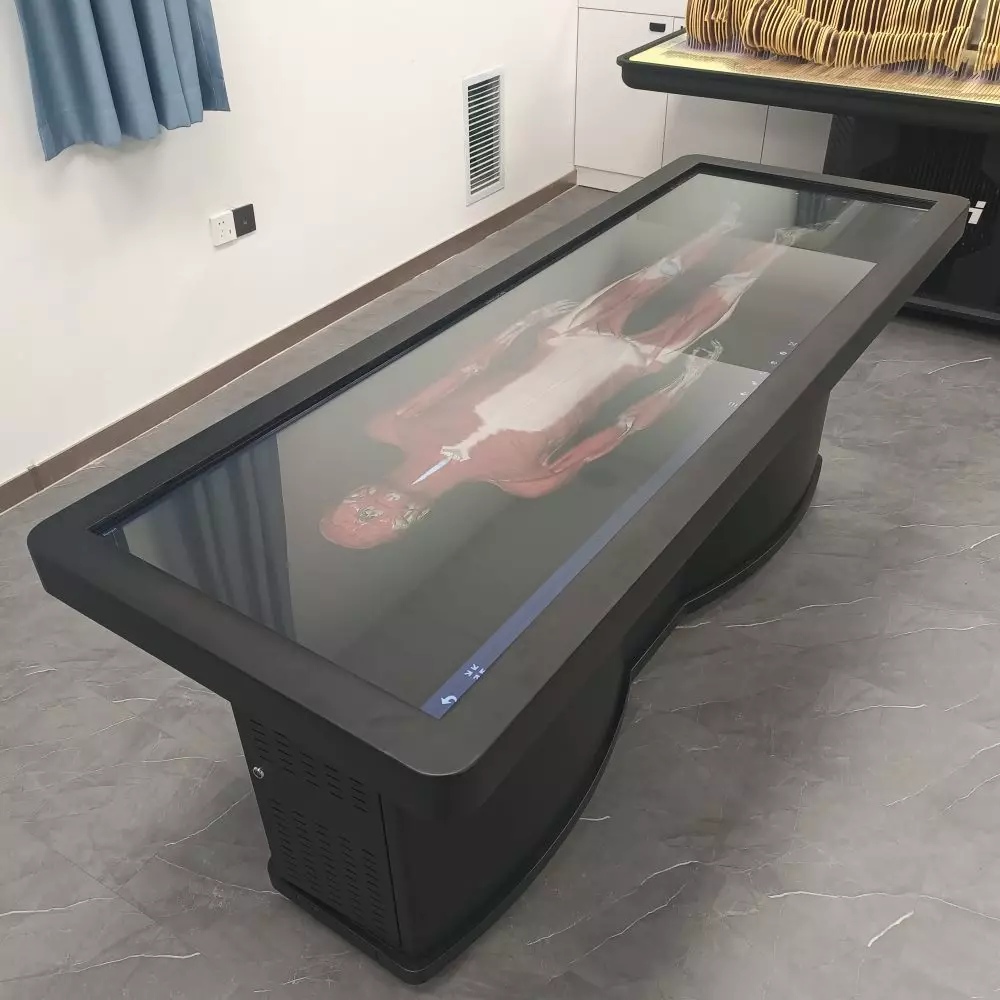In an era where technology shapes the landscape of education, the Digihuman Virtual Dissection Table emerges as a pivotal tool for anatomy learning. This advanced platform integrates software and hardware to create a dynamic and immersive environment where students can engage with high-resolution anatomical models. By moving away from traditional cadaver-based methods, the virtual dissection table offers a more accessible and ethical approach to understanding human anatomy.
The Functionality of the Virtual Dissection Table
The Digihuman Virtual Dissection Table utilizes cutting-edge 3D technology to provide an interactive exploration of the human body. With over 6,000 3D anatomical structures organized into systematic, regional, and sectional categories, users can visualize bones, muscles, nerves, and vascular systems in detail. This comprehensive organization facilitates targeted study sessions, allowing students to delve deeply into specific areas of interest. Additionally, the virtual dissection table features real dissection videos and animated anatomy processes, enhancing the learning experience and enabling students to grasp complex anatomical relationships effectively.
Advantages Over Traditional Methods
Adopting the Digihuman Virtual Dissection Table eliminates the need for physical cadavers, addressing ethical concerns surrounding dissection practices. Students benefit from the ability to interact with 3D models repeatedly, fostering a deeper understanding of spatial relationships without the limitations of traditional dissection. The platform also offers a wealth of test question resources, reinforcing knowledge retention and assessment capability. This integration of various educational tools makes the virtual dissection table an invaluable asset for both students and educators in medical and health sciences.
In conclusion, the DIGIHUMAN Virtual Dissection Table represents a significant step forward in anatomy education. By offering a comprehensive, ethical, and interactive approach to studying human anatomy, it not only enhances educational outcomes but also prepares students for future challenges in the medical field.



